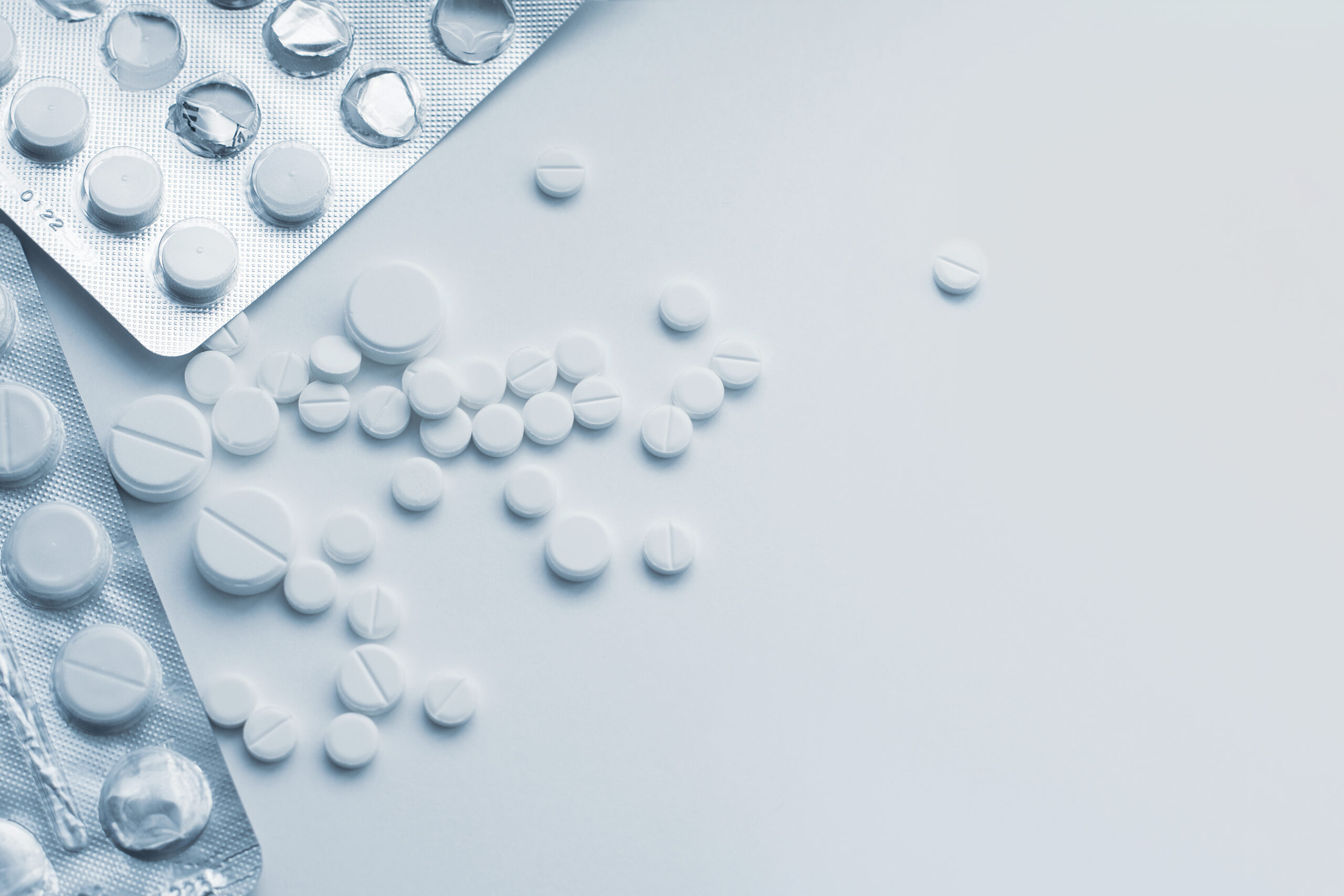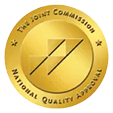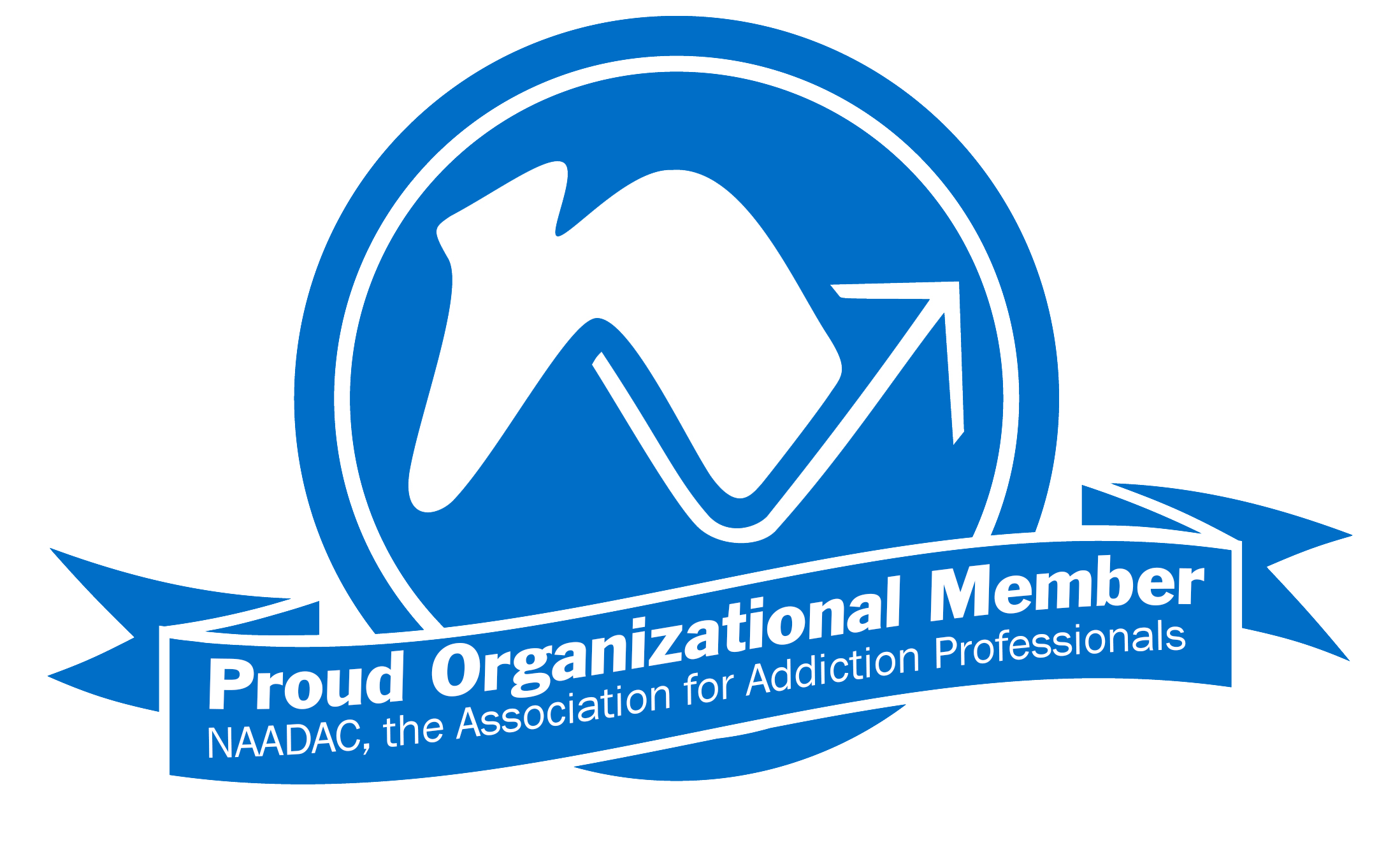Binge drinking is a prevalent health problem throughout the United States, due to a combination of factors such as the easy availability of alcohol and our cultural normalization of alcohol as a coping mechanism.
If you regularly rely on alcohol to relax, unwind and deal with life’s stressors, you may experience unpleasant symptoms when you try to quit drinking. Here’s what you need to know about the alcohol withdrawal timeline.
What Causes Alcohol Withdrawal?
Withdrawal is a phenomenon that occurs when someone becomes psychologically and physically dependent on a mood-altering substance.
Long-term alcohol abuse changes your innate reward pathways such that your brain can no longer reach equilibrium unless you are drinking. As a result, you might not feel like yourself when you’re sober. When you quit using alcohol, your brain chemicals become imbalanced, leading to withdrawal symptoms like anxiety, irritability, stomachaches and nausea.
How Long Does Alcohol Withdrawal Last?
Alcohol stays in your system for varying periods, based on your weight, metabolism and how much you’ve had to drink. Mild alcohol withdrawal symptoms can start as soon as your BAC dips below the baseline level your body is accustomed to.
Your experience may vary depending on factors like your age, gender, genetics, overall health and history of substance abuse. However, a general timeline looks like this.
- Stage one: In the first six to 12 hours after your last drink, you may start feeling ill, with headaches, mood swings, insomnia and depressed appetite.
- Stage two: Within the next 12 to 48 hours, withdrawal intensifies, and might include symptoms like hallucinations and seizures.
- Stage three: Up to 72 hours after your last drink, you could experience fever, excessive sweating, disorientation, an elevated heart rate, high blood pressure and a potentially fatal condition called delirium tremens. If any of these happen to you, seek medical attention immediately.
- Stage four: Withdrawal symptoms should begin improving after 72 hours and slowly fade away over the next four to seven days.
Some people who quit using alcohol or other drugs can go through a period called post-acute withdrawal syndrome, which is a constellation of unpredictable psychological symptoms like depression, anxiety, difficulties concentrating, fatigue and sleep disruptions that can continue long after the initial withdrawal and stabilization period. While mental health professionals have yet to pinpoint what causes PAWS, you can learn to manage it with personalized care and long-term support in recovery.
Treatment Options for Busy Professionals
Though withdrawing from most types of drugs is uncomfortable, alcohol withdrawal symptoms can be life-threatening for some people. That’s why it’s so dangerous to try to quit cold turkey. However, with an appropriate treatment plan that begins with medically managed detox, it’s possible to get through alcohol withdrawal safely.
At Providence Treatment, we understand that professionals in some high-pressure careers are more vulnerable to developing substance use disorders. Our flexible addiction programs cater to motivated, driven people and their hectic schedules. We offer two locations – one in Pennsylvania and the other in Hawaii. We also provide telehealth services for people who may need to receive treatment in the comfort of their homes. To learn more, please reach out to us today.









